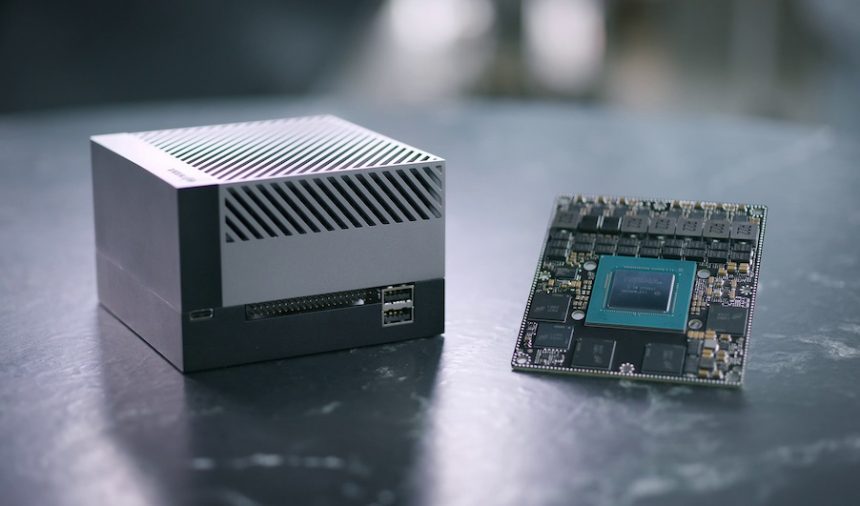The South Korean company SK Hynix is working on a very interesting project. This company currently has a market share of approximately 29%, which places it in the memory industry behind Samsung, which orbits around 40%, and ahead of the American company Micron, which has approximately 26%. According to the South Korean media The JoongAng, SK Hynix is working on a plan to boost the performance of the next generation of graphics processors.
Its purpose is to profoundly redesign the ongoing interaction between the GPU and VRAM to dramatically increase the performance of the graphics subsystem. To make this possible, it is recruiting experts in CPU and GPU design, although this is only one of the ingredients in its recipe. It is also working closely with NVIDIA engineers to find the best way to solve the communication between memory and GPU.
SK Hynix proposes stacking HBM4 memory directly on top of the GPU
In some ways, the strategy that SK Hynix engineers have devised is similar to that implemented by AMD in its 3D V-Cache technology processors. Broadly speaking, the latter makes it possible to stack chiplets, so that instead of being placed side by side, they are placed one on top of the other. This makes it possible to significantly increase the capacity of the level 3 cache, and also reduces the latency of this subsystem.
The strategy SK Hynix and NVIDIA are working on is to stack HBM4 memory directly on top of the GPU to optimize communication between the two subsystems. However, bringing this design to fruition is not straightforward. And it is not because it is necessary to fundamentally redesign not only the interface that allows the two components to communicate, but also to rethink the manufacturing process of the memory and the GPU.
In practice, the elimination of the interface that traditionally acts as an intermediary between these two components involves the GPU manufacturer, so it is likely that in this project SK Hynix and NVIDIA are working side by side with TSMC or Samsung. In all likelihood one of these two companies will be responsible for manufacturing NVIDIA’s next batch of GPUs, so they cannot be left out of this project.
This all sounds great, and on paper it has the potential to benefit both chips for artificial intelligence applications, which will likely be the first to incorporate this technology if it comes to fruition, as well as gaming GPUs. The HBM4 memory will employ a 2,048-bit interface that will be connected directly to the GPU, although, as Tom’s Hardware rightly points out, this strategy raises some doubts if we stick to the cooling of the whole package. In any case, it is very likely that in a few years the physical distinction between memory and chips will no longer have a place.

